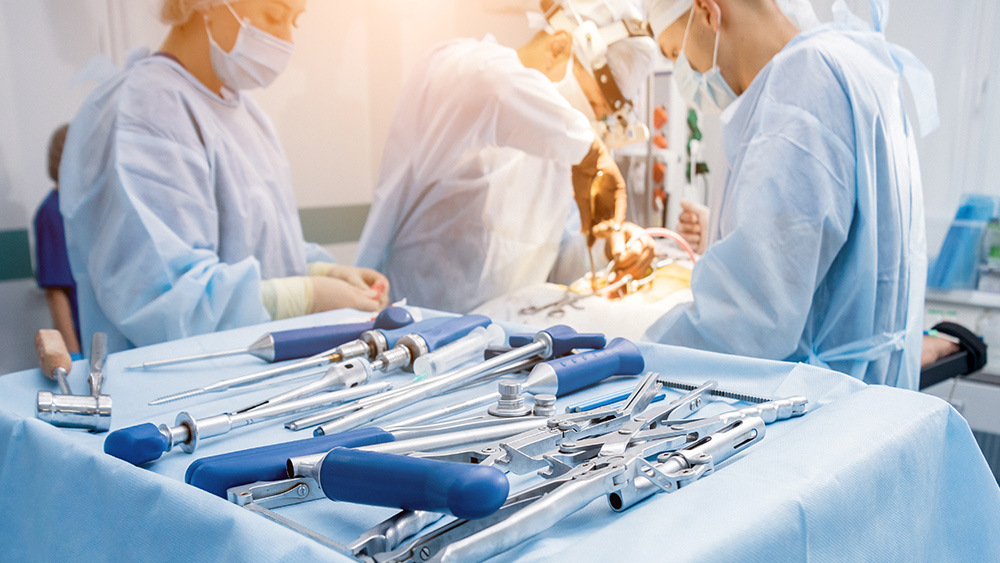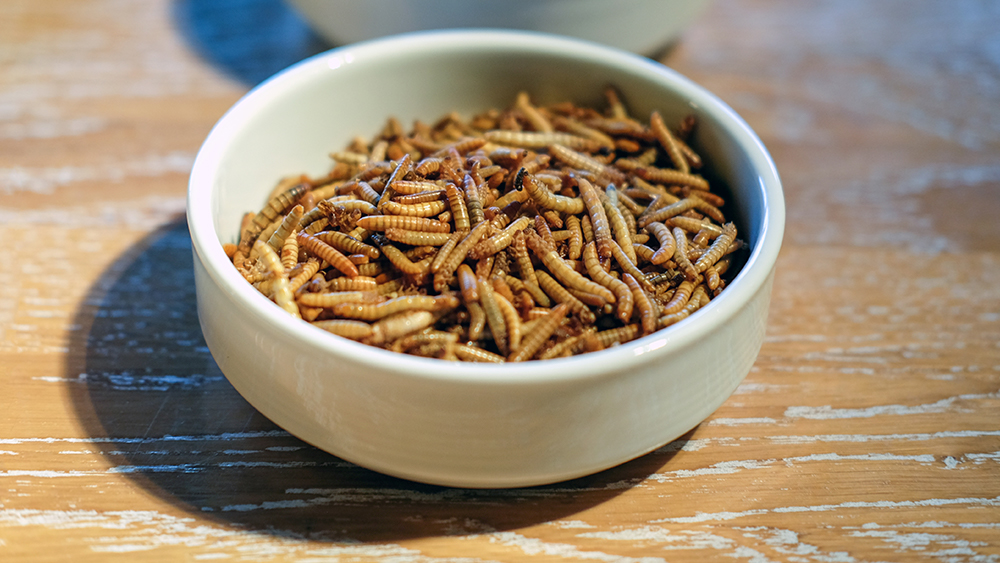 Parler
Parler Gab
Gab
Miromatrix CEO warns of xenotransplantation's potential dangers
More than 105,000 people are currently on waiting lists in the United States for organ transplants. Thousands of these people will die before they get their turn, and thousands more never even get put on the list, with their chances of recovery considered too much of a long shot to allow a resource as valuable as an organ to be put in their bodies. This is why scientists and physicians alike are looking at animals as another source of organs, and the FDA itself is strongly considering whether to allow more experiments with xenotransplantation using the gene-edited organs of pigs. "The number of organs we have available are never going to be able to meet the demand," said Dr. Amit Tevar, a transplant surgeon at the University of Pittsburgh Medical Center. "This is our frustration." With bioengineered organs, physicians wouldn't have to wait for people to sign up to donate their organs and then pass away. They wouldn't even have to breed special kinds of pigs. They would just have to acquire their leftover organs from slaughterhouses and then run them through lab procedures like the ones Miromatrix scientists are currently experimenting with. "That is something that in the long term may very likely contribute to the development of organs we can use in humans," claimed Tevar. Despite this, even Ross of Miromatrix has cautioned people of the potential dangers. Stripping away the pig cells remove some of the risks of xenotransplantation, but the risk of complications, like lurking animal viruses or hyper-rejection, does not fall to zero percent. Furthermore, the process of getting human cells to take over bioengineered pig organs is complex. "We can't take billions of cells and push them into the organs at once," said Ross. Learn more about other potentially dangerous medical experiments at DangerousMedicine.com. Watch this video from "The Constitutional County" discussing how hospitals all over America are killing transplant patients by forcing them to take experimental vaccines. This video is from the channel The Constitutional County on Brighteon.com.More related articles:
MEDICAL SCIENCE WARNING: Lung transplant recipients develop respiratory distress and organ rejection after second dose of COVID-19 vaccine. Colorado woman previously denied transplant for being unvaccinated finally gets the medical care she needs. Animal organ HARVESTING farms coming soon? Researchers develop method to "refurbish" harvested animal organs for human transplant. Japanese ban on creating human organis in animals to be lifted; "transplant farms" to mass produce organs for disease-ridden humans? Aborted baby organs to be used to grow transplants for medical patients. Sources include: Brief.BismarckAnalysis.com Wired.com Fortune.com EuroNews.com Brighteon.comFirst bite: Soft serve ice cream with mealworm topping debuts in Sweden
By Ramon Tomey // Share
Governments continue to obscure COVID-19 vaccine data amid rising concerns over excess deaths
By patricklewis // Share
Tech giant Microsoft backs EXTINCTION with its support of carbon capture programs
By ramontomeydw // Share
Germany to resume arms exports to Israel despite repeated ceasefire violations
By isabelle // Share










